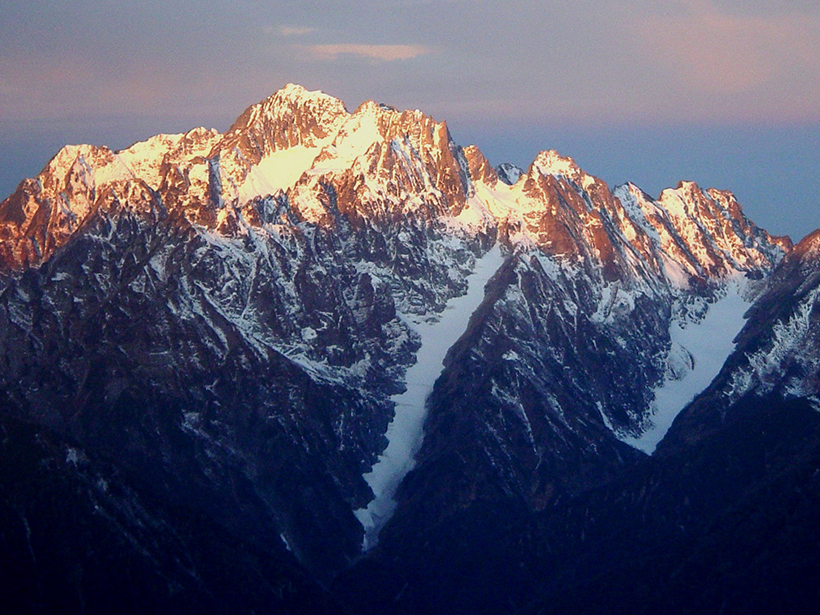Source: Radio Science
Similar to how a mountain in the sunlight casts a shadow, large obstacles can create dark zones for radio waves. Unlike with visible light, though, scientists think radio waves could travel along the ground up a mountain peak and into the “shadowed” area, thanks to a natural phenomenon known as a surface plasmon. Because surface plasmons are related to underground stress, this could be used to help monitor seismic activity.
Surface plasmons, also called surface plasma waves, are products of electromagnetic waves moving over Earth’s surface. If mobile positive electrical charges (similar to electrons, but positively charged instead of negatively) can travel, they could interact with radio signals and flow to the tops of nearby mountains, oscillating in time with the radio waves. This collective oscillation is the surface plasmon, moving like a breeze over a lake.
Because surface plasmons need energy to oscillate, they can be induced only when the plasma frequencies of the surface electrical charges are higher than that of the radio wave passing by: The greater the difference between the plasma frequency and the radio wave frequency is, the stronger the surface plasmon is.
The positive charges necessary for a surface plasmon are released when rocks underground are subjected to stress. This seismic stress forces positive charge carriers to the surface, creating a plasma layer at the highest parts of the landscape. Because strong seismic activity corresponds to more tectonic stress and therefore more charge carriers (and thus a higher plasma frequency), there can be no surface plasmon without an earthquake. If there are enough of these positive charges on the ground’s surface, they could absorb and reradiate the energy from radio waves, causing them to randomly scatter from a mountain’s rough terrain.
In a new study, Fujii shows that when a surface plasmon is made up of a particularly high density of positive charges, it could propagate up over a mountain peak and down the other side, reradiating electromagnetic waves into the shadowed region of the mountain. Using both an ideal cone structure and a model of the Tsurugidake peak in Japan, the team’s supercomputer shows that surface plasmons scattered over surface bumps and mountain peaks that randomly reradiate incoming radio waves into a narrowly convergent, beam-like wave, focused on a small area.
The reradiated waves can reach areas that would have been inaccessible to the original signal. By monitoring these anomalous radio waves, researchers expect that scientists could monitor seismic activity over larger areas. (Radio Science, doi:10.1002/2016RS006068, 2016)
—Leah Crane, Freelance Writer
Citation:
Crane, L. (2016), Earthquakes could funnel radio waves to dark zones in mountains, Eos, 97, https://doi.org/10.1029/2016EO059987. Published on 29 September 2016.
Text © 2016. The authors. CC BY-NC-ND 3.0
Except where otherwise noted, images are subject to copyright. Any reuse without express permission from the copyright owner is prohibited.

